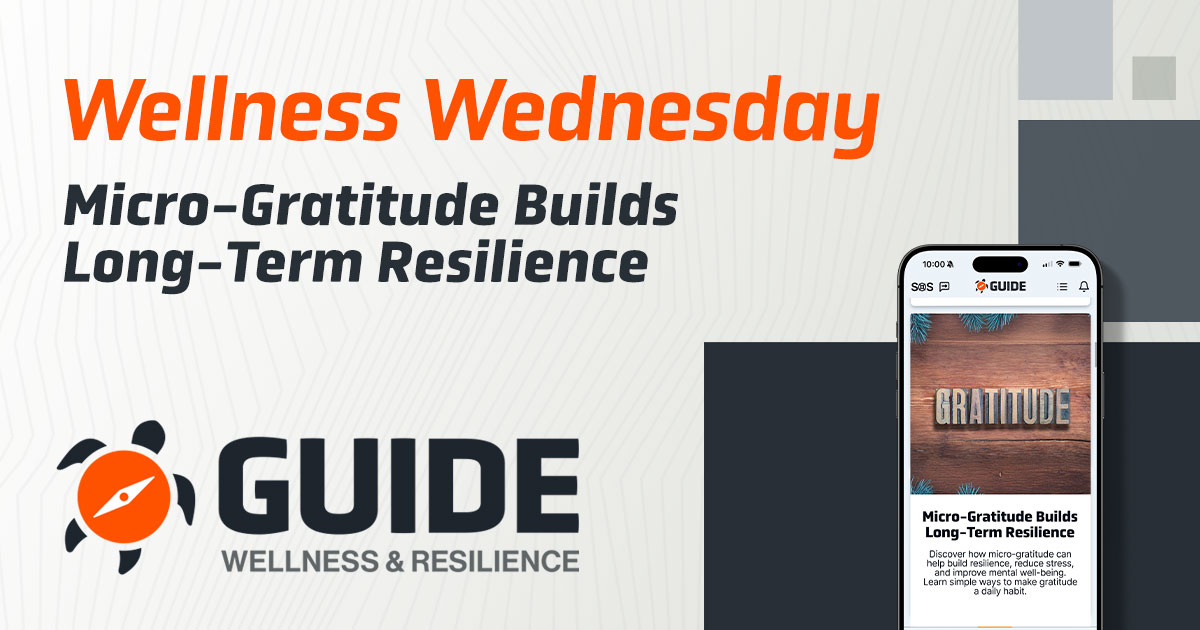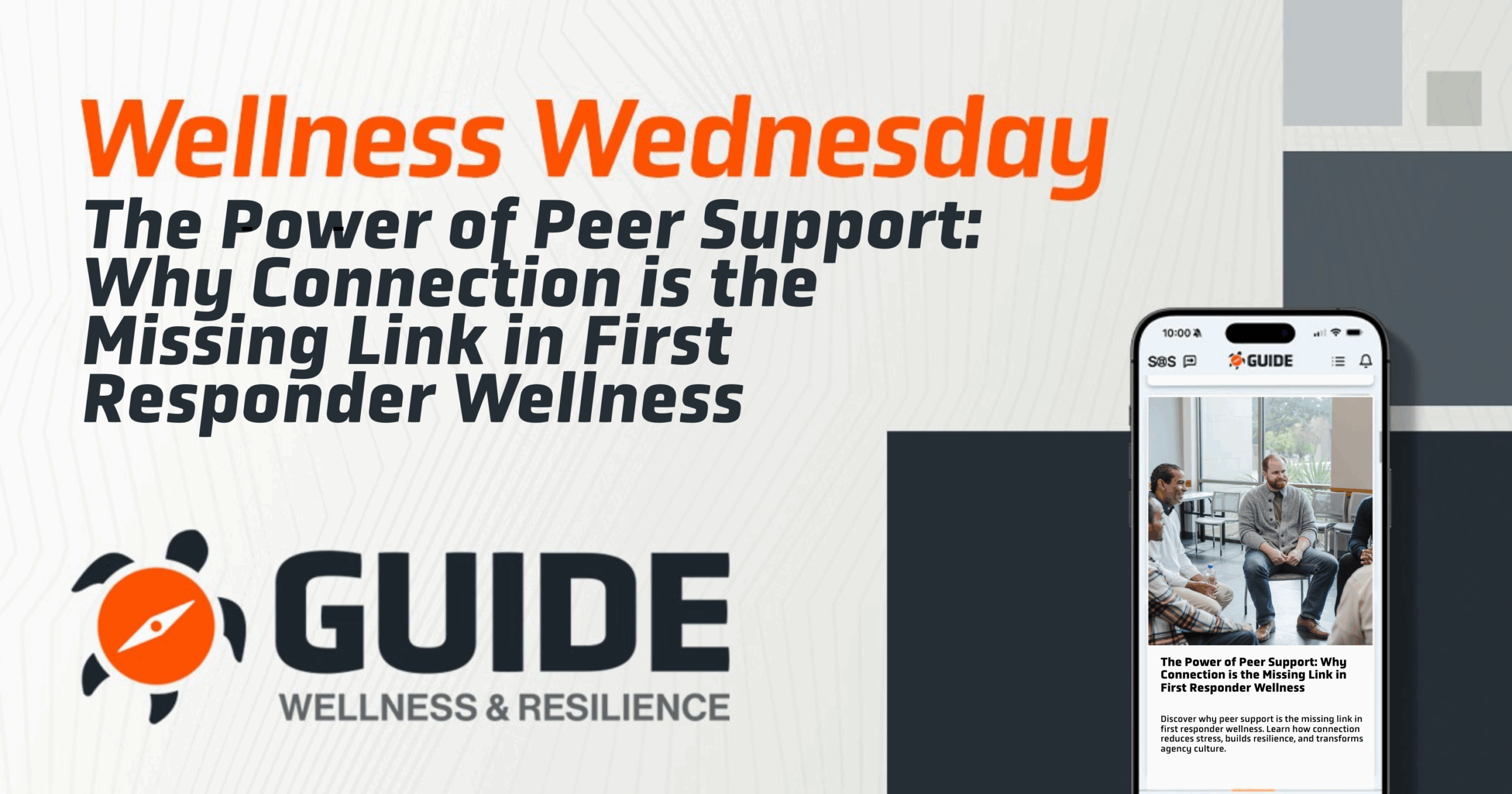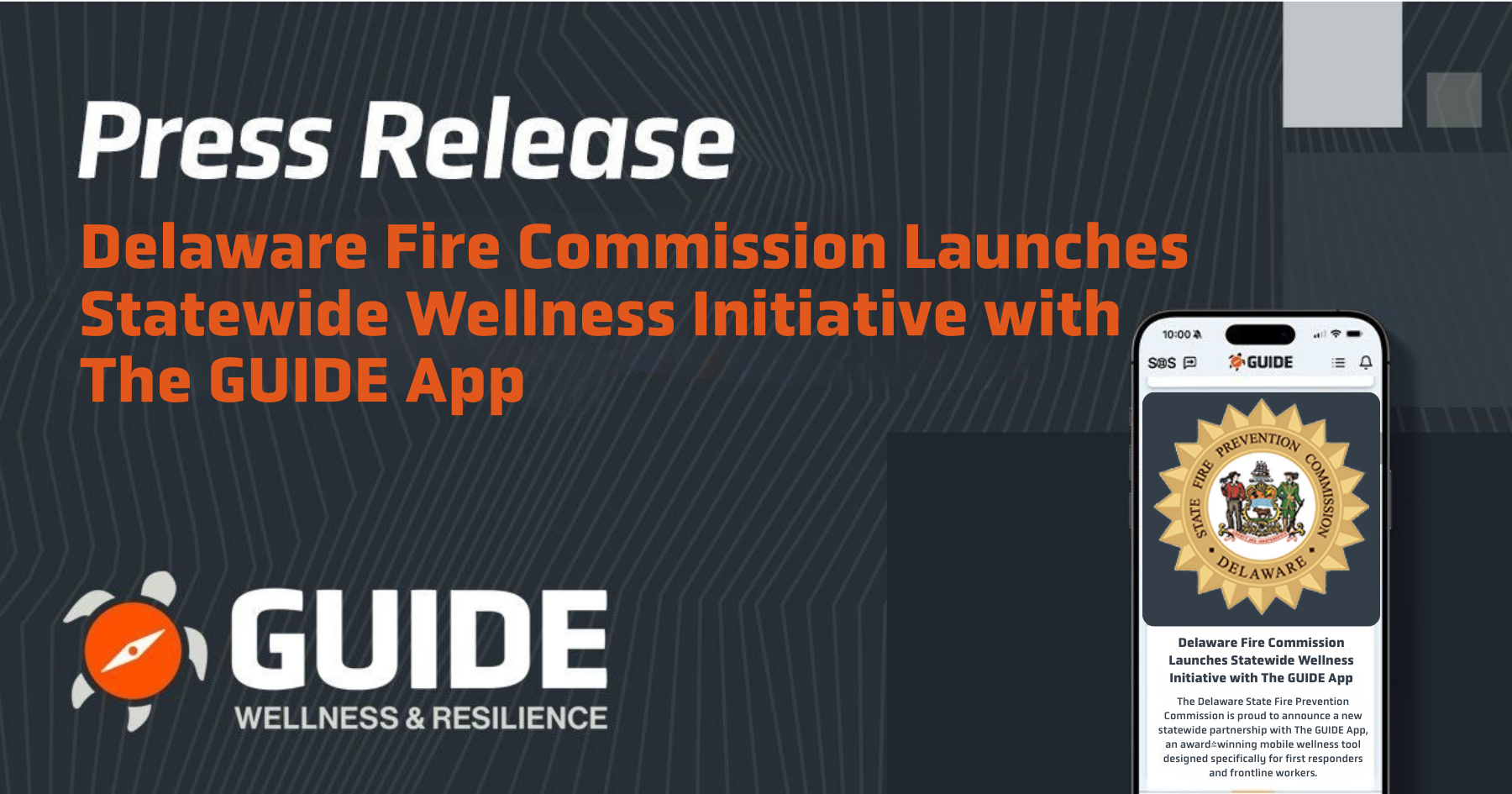When life gets busy—or downright overwhelming—it can feel hard to stay positive. For first responders and frontline professionals, the pressure to stay strong and focused is constant. But strength isn’t just about muscle or mindset—it’s also about resilience. And one of the most powerful tools for building it? Gratitude.
Not the kind that requires journaling for an hour or writing long letters every day. We’re talking about something simple, powerful, and easy to practice in the middle of your busy life: micro-gratitude.
Micro-gratitude is the habit of noticing small moments of good throughout your day. And when practiced regularly, it can rewire your brain, help you manage stress, and build the kind of long-term emotional strength that keeps you grounded—even when things get tough.
What Is Micro-Gratitude?
Gratitude doesn’t have to be big, deep, or dramatic. Micro-gratitude is about the little things—those tiny moments that might otherwise go unnoticed. It’s the coffee that tastes just right. The quick joke that made you smile. The call that ended well. The team member who had your back.
It’s the practice of saying to yourself:
➡️ “That was a good moment.”
➡️ “I’m thankful for that small win.”
➡️ “That made me feel better—even for a second.”
These micro-moments may seem minor, but over time, they create a powerful mental shift. They train your brain to focus on what’s going well, instead of what’s going wrong.
Why Gratitude Builds Resilience
Resilience is the ability to bounce back from setbacks and keep going—even when life feels heavy. Gratitude builds resilience because it:
- Shifts your focus from stress to strength
- Improves mental flexibility, helping you see options, not obstacles
- Reduces emotional reactivity, making it easier to stay calm under pressure
- Builds optimism, which is key to long-term mental health
- Boosts connection, making you feel supported and less alone
Think of gratitude as emotional armor. It doesn’t stop bad things from happening—but it helps you respond with more clarity, hope, and strength when they do.
The Science Behind It
Studies show that people who regularly practice gratitude experience:
🧠 Lower stress and anxiety levels
🛌 Better sleep quality
❤️ Improved heart health
🙂 More positive moods and less depression
🧍♂️ Greater resilience after trauma or hardship
Even just writing down one thing you’re grateful for each day can increase happiness and reduce stress in as little as two weeks.
Examples of Micro-Gratitude Moments
If you’re wondering what counts as micro-gratitude, here are some real-life examples:
- A warm meal after a cold shift
- A friendly wave from a stranger
- A teammate who backed you up
- Hearing your favorite song on the radio
- Getting through a tough call safely
- The smell of rain, coffee, or fresh laundry
- Laughing at a joke—even just a little
It’s not about ignoring challenges. It’s about making space for the good that exists alongside them.
How to Practice Micro-Gratitude in Real Life
You don’t need a journal or a special app (though they can help). You just need a willingness to pause and notice. Here are easy ways to start:
1. Use the “One Good Thing” Rule
At the end of each shift or day, ask yourself:
👉 “What’s one good thing that happened today?”
Say it out loud, write it down, or share it with someone. The key is consistency.
2. Stack It with Something You Already Do
Build gratitude into your routine by pairing it with daily tasks:
- Think of one thing you’re grateful for while brushing your teeth
- Pause at a red light and find something you appreciated from your day
- Reflect on a moment of gratitude while eating lunch
These tiny pauses can have a big impact.
3. Use Visual Cues
Place a small reminder—like a note or bracelet—where you’ll see it often. Each time you see it, take a second to think of something you’re thankful for.
4. Practice Gratitude Out Loud
Thank a team member, friend, or family member for something they did—even if it’s small. Gratitude becomes even more powerful when it’s shared.
5. Keep a Running List on Your Phone
Use your notes app to jot down one micro-gratitude a day. In stressful moments, go back and read the list. It’s a great reminder of your strength and progress.
Micro-Gratitude for First Responders
For those working in high-stress environments like law enforcement, EMS, corrections, dispatch, or fire service, micro-gratitude can be a lifeline. Here’s why:
- It gives your brain a break from trauma and tension
- It reconnects you with your “why”
- It reminds you that you’re more than just your job
- It builds emotional endurance without needing long hours or fancy tools
You’re already carrying a lot. Gratitude helps lighten the emotional load—one small moment at a time.
How Gratitude Builds Team Culture
Gratitude isn’t just personal—it’s contagious. When one person practices it, it tends to spread.
Try this:
- Start or end team briefings with one thing each person appreciated from the day
- Create a gratitude wall or dry-erase board in the breakroom
- Shout out small wins in group chats or daily roll calls
Teams that practice gratitude together feel more connected, more motivated, and more supportive.
Common Misconceptions About Gratitude
Let’s clear a few things up:
❌ “Gratitude means ignoring the bad stuff.”
✅ Nope. It means recognizing the good that still exists alongside it.
❌ “I have to feel grateful all the time.”
✅ No one does. You just have to practice noticing one thing each day.
❌ “If I say I’m grateful, people will think I’m soft.”
✅ Actually, gratitude shows emotional intelligence and strength. It takes guts to stay positive in tough environments.
Final Thoughts
You don’t have to change your life to change your mindset. Micro-gratitude is a small habit with big benefits. One good thing. One quiet moment. One shift in perspective.
Over time, these moments stack up—and help build the long-term resilience that keeps you strong, grounded, and hopeful, no matter what life throws your way.
So start today. Pause. Breathe. Notice something good.
You’ve got this.




